Brief history
Quinta do São Xisto, located in Ferradosa, was bought by António Joaquim Costa in 1912 to produce olive oil and Port wine.
Among the brands related to this farm, the "Azeite S. Xisto" stands out, a registered trademark that served as an image for the olive oil exported directly by the producer.
The Quinta was passed on to one of his daughters, "Aunt Mia", and at the end of the 20th century, to his granddaughter Maria Virginia.
At the beginning of the 21st century, the quinta underwent a major restructuring with a commitment to developing the vineyard, from which the production of an estate wine, "D. Cremilde", named after Maria Virginia's mother, was resumed in 2021 as a way of honouring the role of women who have contributed to the family legacy over generations.

Location
Located in the Douro region, Ferradosa, in the parish of Vale da Figueira, in the municipality of São João da Pesqueira, Portugal. The farm develops along the slope of the Douro river, on its left bank, next to the Ferradosa railway station, with a slope from 120 to 280 metres above sea level.
Location
Located in the Douro region, Ferradosa, in the parish of Vale da Figueira, in the municipality of São João da Pesqueira, Portugal. The farm develops along the slope of the Douro river, on its left bank, next to the Ferradosa railway station, with a slope from 120 to 280 metres above sea level.
The Quinta extends over 42 hectares, with an extensive area of olive groves and 15 hectares of vineyards, until you reach the gates of the village of S. Xisto, where you'll find the main house, a chapel and several other houses for living and logistical support.
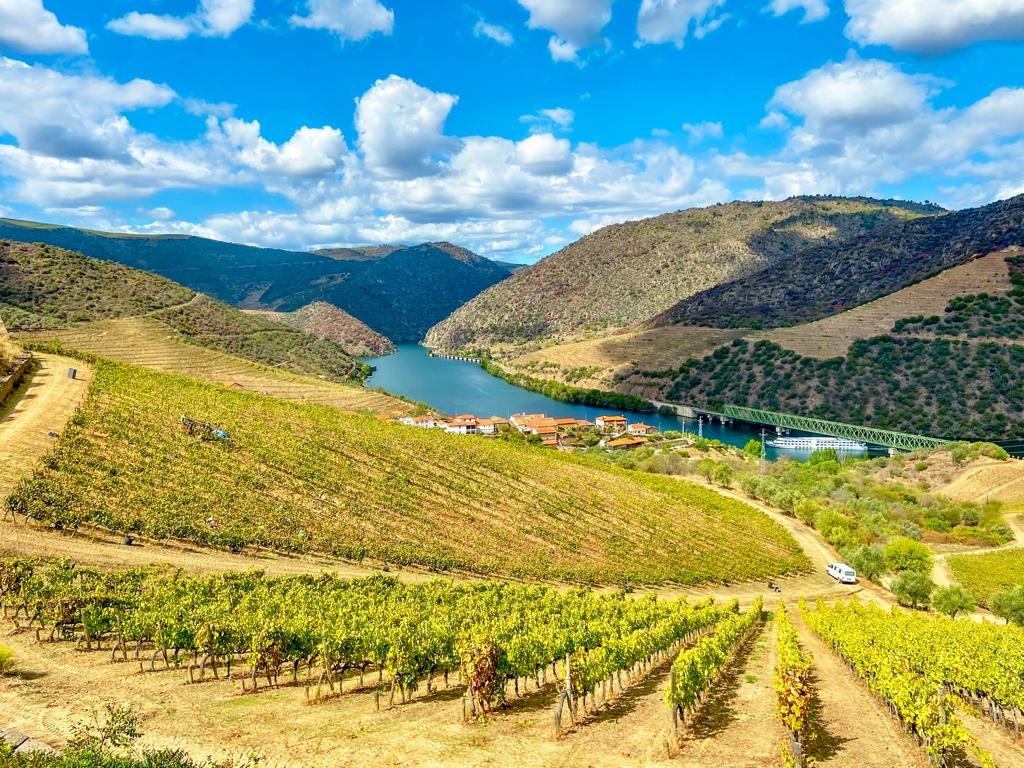
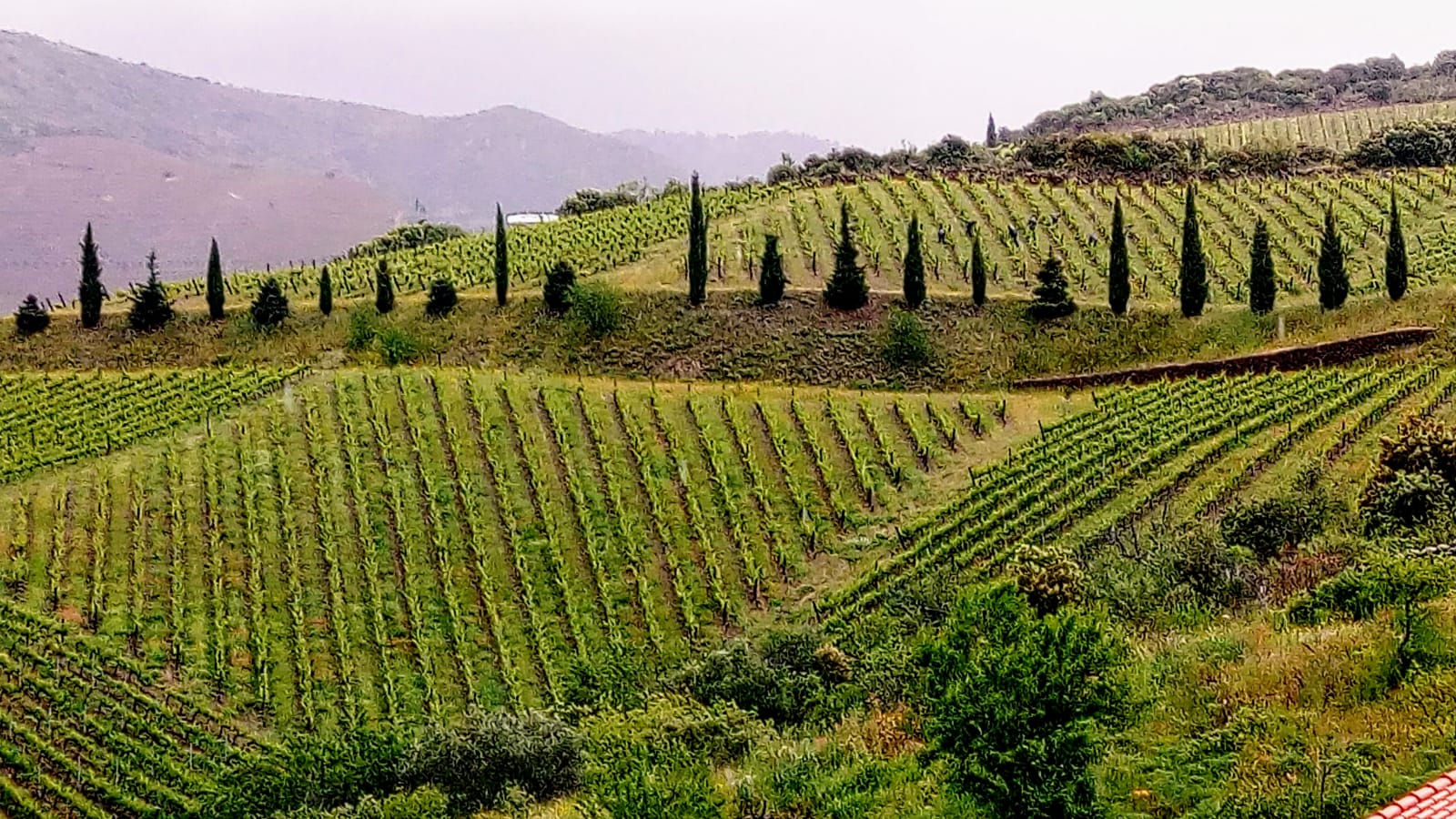
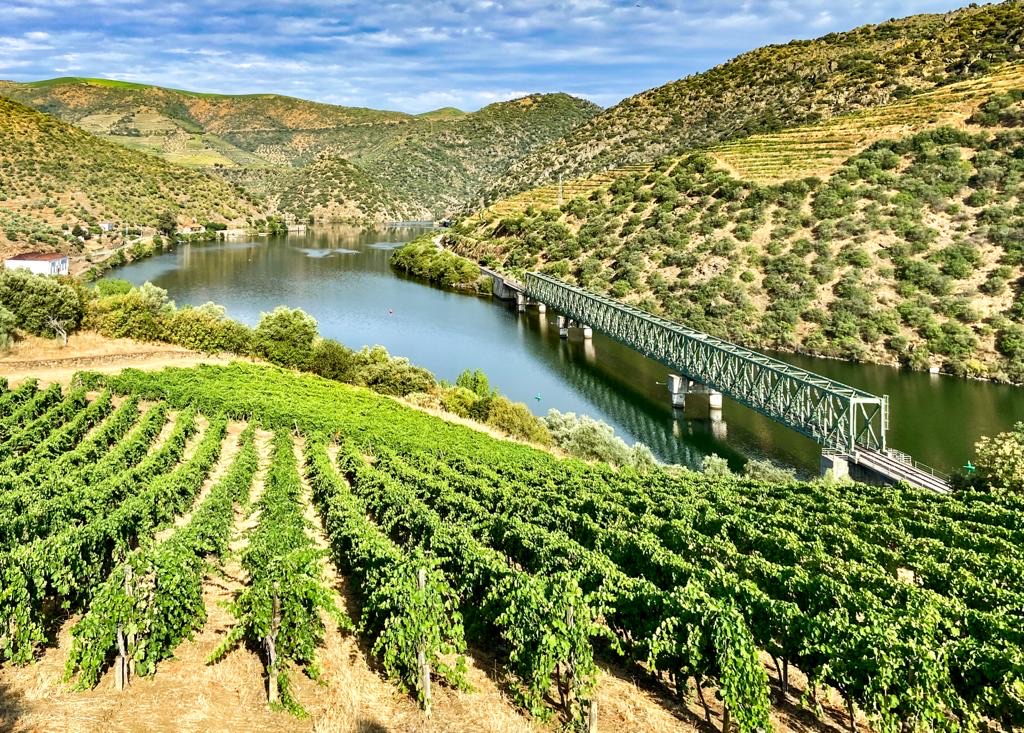
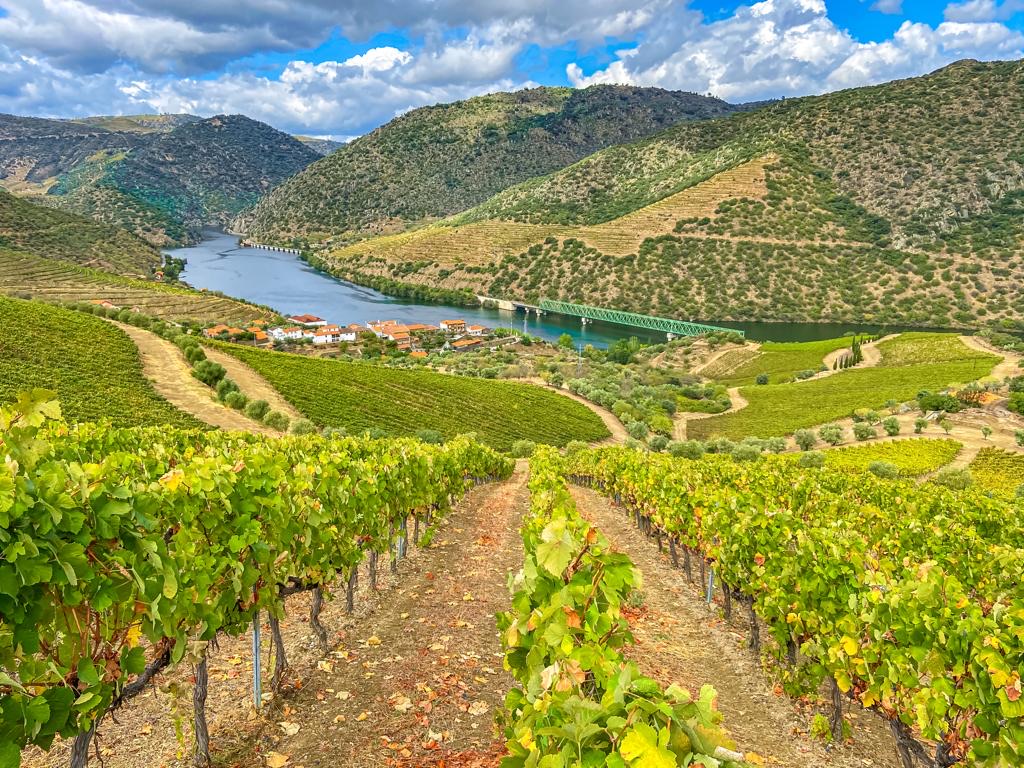
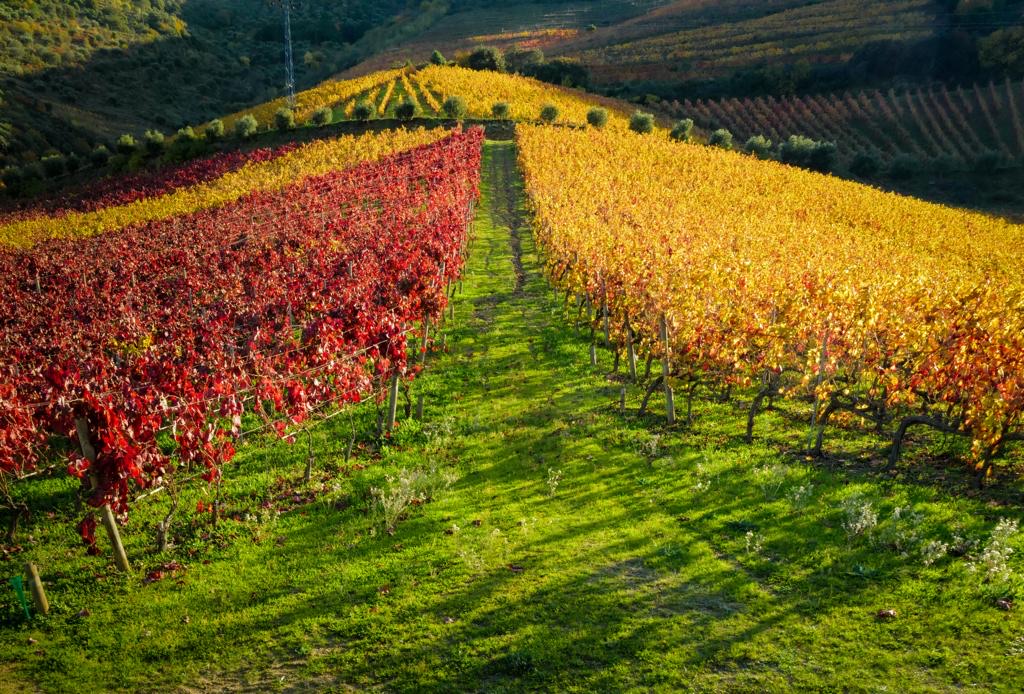
Vineyard characteristics
Land framing
The vineyard is fully mechanised, predominantly planted along the lines of the steepest slopes ('Vinha ao Alto'), with a planting density similar to that of traditional vineyards, in the order of 4,500 - 5,000 plants/ha. The remaining plots are set up on horizontal levels with earth slopes, with 1-2 rows of vines and a lower planting density of around 3,000 - 3,500 plants/ha, requiring larger plots for installation
HANDLING
Conducted in a low, unilateral Royat-type cordon, with a bundling height of between 1.30 and 1.60 metres. The first wire is placed at about 0.6 m, followed by a single or double wire at 30-35 cm for the first topping of the shoots and a final one at the top, 1.40 - 1.50 m from the ground.
CULTURAL PRACTICES
In line with the operations carried out in other regions, digging, redraining, empa, pruning, fertilising, phytosanitary treatments, pruning and grafting.
RED GRAPE VARIETIES
Touriga Nacional, Touriga Franca, Tinta Roriz, Tinta da Barca, Tinta Amarela, Mourisco, Rufete, Tinta Barroca, Tinta Carvalha e Tinta Pomar, among others.
New challenges
It was with the fourth generation of the family that the decision was made in 2021 to invest in the production of an estate wine, a Doc Douro / Tinto. To make this possible, oenologist/viticulturist Jorge Coutinho joined the project, leading the process of selecting the grapes, harvesting, vinification, maturation and ageing, right through to bottling. The name Dona Cremilde (Maria Virginia's mother) was chosen as a way of honouring the role of women who have contributed to the family legacy over the generations.

